#meena speaks arabic
Text
Story Time with Big Sis Ash
Ash, at a sleepover with Johnny and Meena: Spanish is my first language. Like, the only thing I’m grateful to my bio parents for is teaching me Spanish.
Meena and Johnny, also bilingual: *nodding along*
Ash: But when I got to that age where in school where we had to take a foreign language and I found out that I could take Spanish class in school... all of a sudden, “yo no habla español”.
Meena, who signed up to take ASL while being fluent: *giggling and giving Ash a thumbs up*
Johnny, slightly irritated he couldn’t do that with Hindi: *rolling his eyes*
Ash, pointing to Meena: Right!? I wanted to get that easy A! But my grammar was trash so, and I never understood the imperfecto, so... C+’s all around if you know what I’m saying.
Johnny, who’s been struggling to understand Ash’s Spanish for months: Oh that makes so much more sense.
Meena: I know, right?!
Ash: I really need to teach you two slang. Anyway! But Lance used to make fun of me for this like “Ash, how do you get C+’s in Spanish if you speak Spanish?” And I’d be like “Oh. Oh no Lance. How the fuck do you fail English, huh, when you speak English? Pendejo.”
Meena: You tell him Ash! He was قلة الادب.
Johnny: And a झटका देना!
Ash, proud of her siblings’ reactions: Yeah, no fans of Lance in this house, none. Now, who wants to prank call Buster?
-
-
Translations (Please correct me if I’m wrong, I’m still learning):
yo no habla español - I do not speak Spanish (Spanish)
imperfecto - Imperfect (Spanish)
Pendejo - Stupid (Spanish)
قلة الادب - Rude (Arabic)
झटका देना - Jerk (Hindi)
#sing#sing 2#sing ash#bilingual ash#bilingual meena#bilingual johnny#sing meena#sing johnny#moon theatre trio#the best siblings in modern media I swear#johnny speaks hindi#ash speaks spanish#meena speaks arabic#they can all sign in ASL tho#why? because i said so#they have sleepovers#mainly because before sing 2 they were each others' only friends but they'll never admit that#rosita ends up taking their phones after they keep asking buster to bring them pizza#he still brings them pizza#I took three years of spanish and I swear I got less fluent every year#which sucks because it's really common where I live#please correct me if i'm wrong#with the translations#i love these three#this was ash's advice story when she found out johnny was taking spanish his senior year so he could talk to her and rosita in it#yes his spanish sucks#but he's trying!
16 notes
·
View notes
Text
Kamala Conspiracy Theory cont.
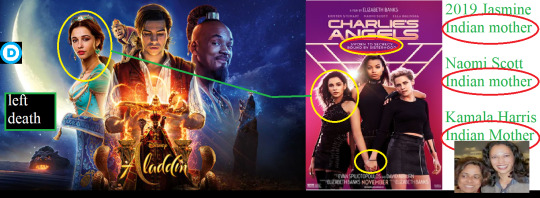
10/10/2020 Major Changes made in Disney’s 2019 version of Aladdin. Jasmine being now half Indianish on her mother’s side as opposed to Persian or Arab as inferred in the original. The actress, Naomi Scott, who plays Jasmine is also half Indian from Uganda, East Africa on her mother’s side and married to a black man. Like Kamala Harris whose mother was Indian and father was black.

Meena, the Indian Elephant, from the movie SING, is also blackish from a city that looks a lot like San Francisco, California. Meena is an Indian name and her family is also blackish where her grandparents are played by Black actors and speak in a generalized Black American accent.
Both characters are relatively even by some stretch of the imagination connected to Kamala Harris. Jasmine-19 is set to become the Sultan of Agribah, which is basically the President till she dies. And Meena brings down the house and saves the Moon theater with her dynamic huge talented voice.
1 note
·
View note
Text
Explore Dubai: Guide to your Dubai trip.
Well, when I say Dubai I'm not just talking about Dubai. I'm actually talking about UAE- United Arab Emirates, which is a land of seven kingdoms. Dubai, Sharjah and Abu Dhabi being popular destinations to travel I would recommend you make your choices right before you go there, be it the weather or places you would want to visit. Frankly speaking, travelling during summer is a big no! Even though you may be inside A/c car or buildings most of the time, the exterior light itself is enough to bring headaches to somebody who is quite sensitive to light.
One more thing I would like to say is, Dubai, Abu-Dhabi and Sharjah are all cities that are built on deserts. So all you can see is tall buildings and wide roads but not many trees. It's a dry land! Even the water you get here is desalinated water from the sea.
So if you are travelling to Dubai and Abu Dhabi, below is the list of things you must visit.
Dubai:
Dow cruise with dinner: Dow cruise with dinner is nothing but a ferry ride along side the Dubai Creek with entertainment and dinner. You get to see the beautiful skyline of Dubai too.
Dubai Aquarium and Burj Khalifa: Frankly, I felt Dubai aquarium was a bit overrated. It is inside Dubai mall, But it is great how they have built an aquarium inside it.
Burj khalifa, the tallest building in the world is right next to Dubai Mall, experience the view from 125th floor which has better view during the night. Also, do not forget to watch the fountain show.
Half day Dubai tour:
Take a half day Dubai tour and get to know how Dubai was built. Check out Burj Dubai, Altantis Jumeirah Hotel etc.
Desert Safari:
A must try if your are in Dubai. Experience dune bashing, camel rides and ATV rides in the Arabian desert, followed by an entertainment evening with belly dancing and bbq dinner. Here you also get to click pictures with the hawk and Islamic traditional outfits.
Abu Dhabi:
Abu Dhabi Mosque -Sheikh Zayed Mosque:
The Sheikh Zayed Mosque is the 8thlargest mosque in the world. It is the largest mosque of the city. The Sheikh Zayed Mosque derives its name from Sheikh Zayed bin Sultan, the first President of UAE. He is also buried in the Sheikh Zayed Mosque.The Sheikh Zayed Mosque can hold up to 40,000 worshippers, witness the grand prayer hall and worlds Largest carpet.
Ferrari world:
Love rollercoaster rides and have a thing for ferrari? Well, then don't miss Ferrari world. Experience Formula rossa-the fastest rollercoaster in the world. Flying aces-the tallest loop, scudria experience etc.
Shopping:
Dubai is known for shopping. But most people are confused where to shop and what to shop. Below is the list of places for shopping in Dubai. Best time to visit is during Dubai Shopping festival for great discounts and bargains.
Gold Souk and spice souk:
Want to buy gold for cheap? Visit gold souk!
To witness a wide range of Arabic and Indian spices, visit spice souk.
Dubai mall, Dera mall:
For those who prefer brands and upscale stuff, visit Dubai mall and Deracity centre. Electronics are quite cheap in UAE.
1 to 10 Edo/Day to day: For suveniors and chocolates.
Meena bazaar: For sarees, bags, watches, spices and dry fruits, perfume etc. Most shops are owned by Indians and Pakistanis and usually sell counterfeit goods.
Dragon mart: For all Chinese goods, made in China.
What to pack:
When travelling to Dubai be sure to carry below mentioned stuff so you don't feel uncomfortable during the trip.
1. Sun glasses and cap.
2. Winter wear if you are travelling during the winter. Winter is usually too cold at night in UAE.
3. Travel adaptors.
4. A pair of decent clothes if you are visiting the mosque.
5. Shoes and body lotions.

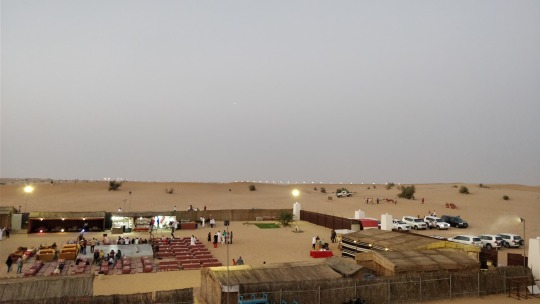
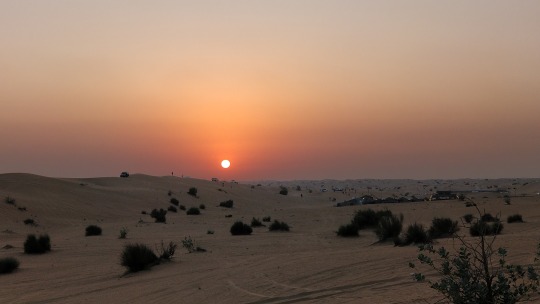

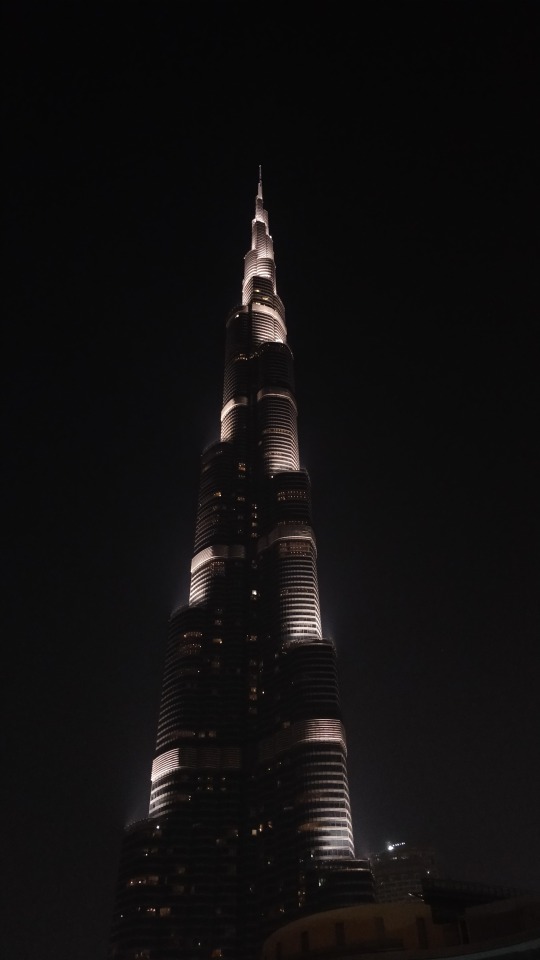
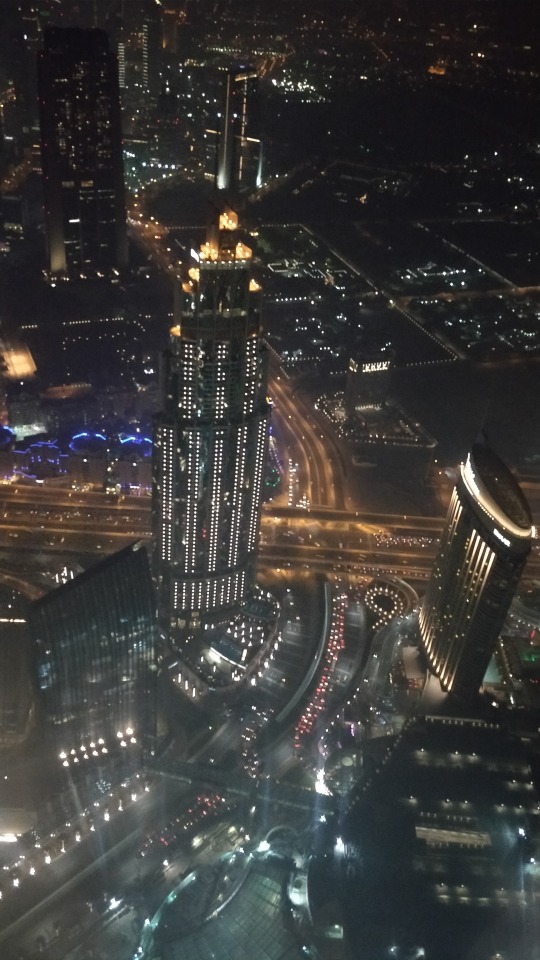
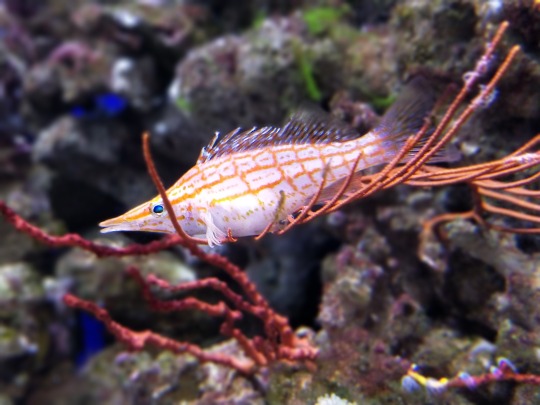
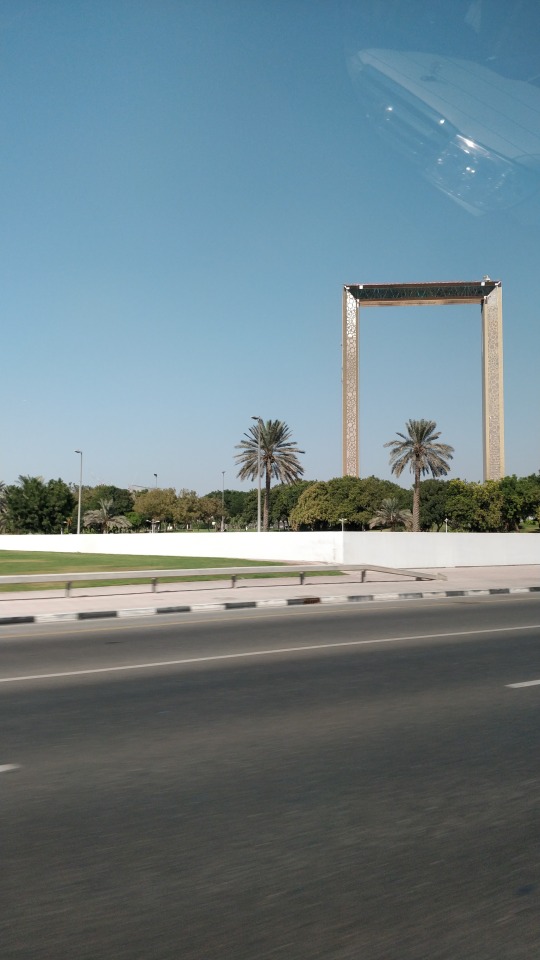
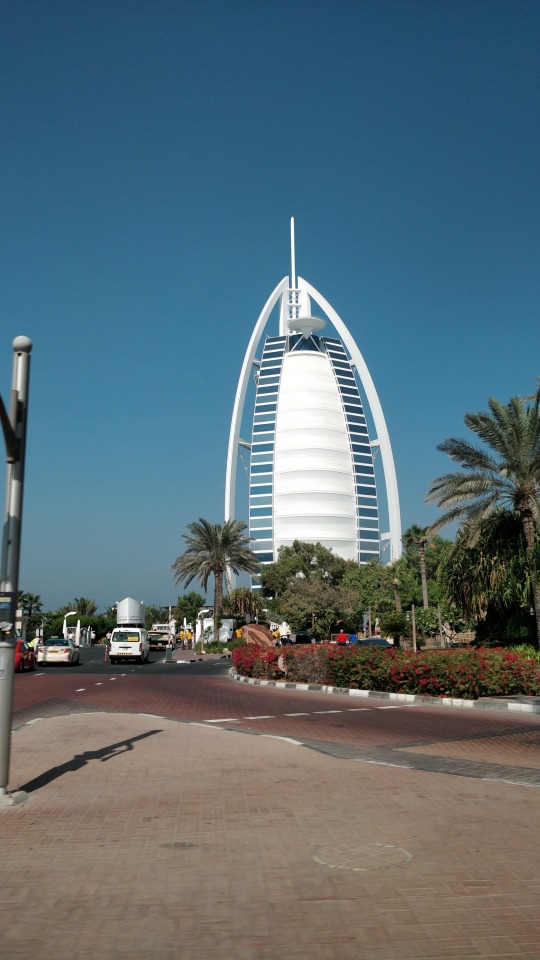
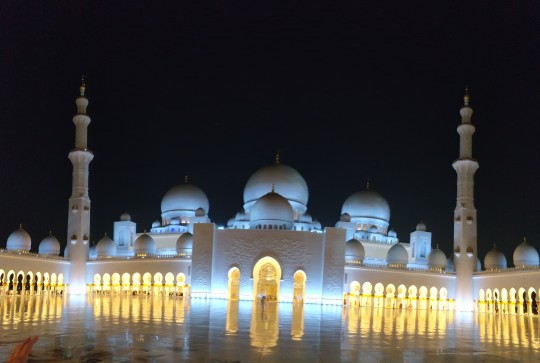
0 notes
Text
14th August Mehndi Designs
14th august mehndi designs 2014: mehndi is a famous art among all the girls and girls, traditional a part of every season and there are such a lot of new ideas and mehandi designs are available. Bride is incomplete with out the proper appearance mehndi on the arms, ft or arms designs.
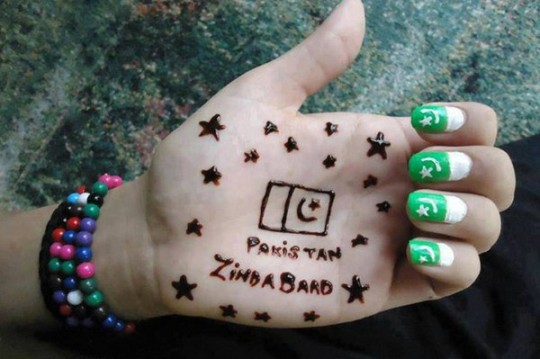
Every yr many fashions mehndi meena bazaar are coming for women and ladies, ladies can effortlessly use these mehndi designs on their palms, fingers and feet. Mehndi designs in many versions such as arabic mehndi designs come,
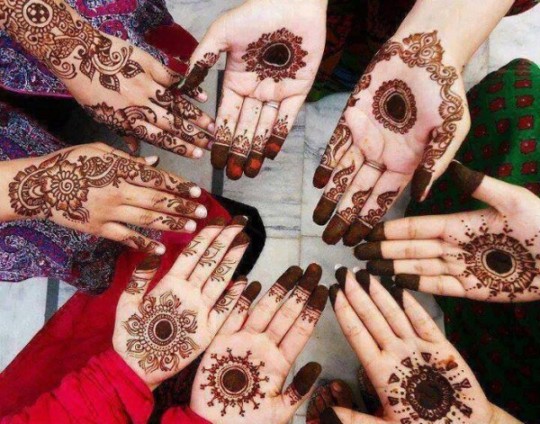
Indian mehndi designs pakistani mehndi designs mehndi designs for marriage, mehndi designs for ft, mehndi designs for eid, and extra. All 2017 mehndi designs are absolutely lovely and delightful, relying at the occasion.
14th august mehndi designs
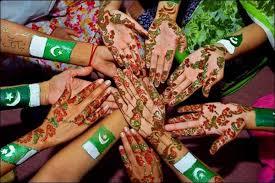
Unique mehndi layout for independence day august 14, 2014, affords many new collection for the independence day of pakistan within the 2017th.
Right here we're collectively the independence day collection 2014 mehndi designs for women. There are many ladies in this international who're loopy approximately stunning mehndi. In this text we will speak about independence day mehndi designs for ladies. These models consist of mehndi designs arabic mehndi designs, indianmehndi pakistanimehndi drawings.
0 notes
Text
14th August Mehndi Designs
14th august mehndi designs 2014: mehndi is a famous art among all the girls and girls, traditional a part of every season and there are such a lot of new ideas and mehandi designs are available. Bride is incomplete with out the proper appearance mehndi on the arms, ft or arms designs.

Every yr many fashions mehndi meena bazaar are coming for women and ladies, ladies can effortlessly use these mehndi designs on their palms, fingers and feet. Mehndi designs in many versions such as arabic mehndi designs come,
Indian mehndi designs pakistani mehndi designs mehndi designs for marriage, mehndi designs for ft, mehndi designs for eid, and extra. All 2017 mehndi designs are absolutely lovely and delightful, relying at the occasion.
14th august mehndi designs.

Unique mehndi layout for independence day august 14, 2014, affords many new collection for the independence day of pakistan within the 2017th.
Right here we're collectively the independence day collection 2014 mehndi designs for women. There are many ladies in this international who're loopy approximately stunning mehndi. In this text we will speak about independence day mehndi designs for ladies. These models consist of mehndi designs arabic mehndi designs, indianmehndi pakistanimehndi drawings.
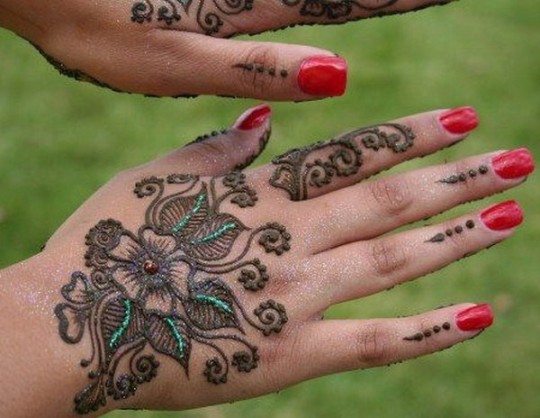
0 notes
Conversation
An Interview with Meena Alexander
This interview took place at the Graduate Center, City University of New York on February 25 and 28, 2005.
Ruth Maxey: What do you see as the task of poetry?
Meena Alexander: In a time of violence, the task of poetry is in some way to reconcile us to our world and to allow us a measure of tenderness and grace with which to exist. I believe this very deeply and I see it as an effort to enter into the complications of the moment even if they are violent but through that, in some measure, the task of poetry is to reconcile us to the world—not to accept it at face value or to assent to things that are wrong, but to reconcile one in a larger sense. Camus says in The Myth of Sisyphus that there’s only one philosophical question: whether to commit suicide. And he says, “the point is to live.” He says that we must imagine Sisyphus happy as he pushes the stone up.1 Seen in that way, the act of writing is intrinsic to the act of living. It’s as if Sisyphus has to keep reinventing the wheel: once he goes up, the wheel rolls down and he has to start again. It’s a punishment but it’s also the way in which he grows in the world.
I would be the happiest being on earth if I could say, “I’ve written this wonderful book of poems.” I wouldn’t have to write anymore. I could lie in the sun. Why does one want to blow one’s brains out on these bits of paper? It’s an enormous psychic effort and so what it does do is extraordinary because there is an amazing clarity that you have for a little while. When you complete a work, you breathe deeply and think, “Oh yes, I’ve done it!” But then you have to start again.
By finishing one work, one has actually learned something that allows one to go on to make the next. But you don’t know that consciously because if you did, it would get in your way, so each time the hope is that you’re able to work with the material at hand but perhaps in a slightly different way. But you don’t know that up front, that’s the discipline you’ve learned. You have to look away from it.
I think the poem is an invention that exists in spite of history. Most of the forces in our ordinary lives as we live them now conspire against the making of a poem. There might be some space for the published poem but not for the creation. No ritualized space that one is given, where one is allowed to sit and brood, although universities give you a modicum of that. Poetry is a forsaken art, not for those who write or practice it, but for many others. Yet there is a kind of redress that poetry offers. I’m using the words of Seamus Heaney, who has a wonderful essay “The Redress of Poetry” in his Oxford lectures, where he talks about poetry as something existing within the gravitational pull of history and yet offering, precisely because of that pull, a redress or a balance.2 At this moment in my life, this is the very best possible telling or accounting that I have found in all my searching of what it is that poetry does.
RM: I want to touch on your relationship to Wordsworth. In Nampally Road, Mira defends her decision to teach his work in India. I was interested to see that because for other postcolonial writers, the study of Wordsworth in particular is a contested area.
MA: When I went to the Royal Festival Hall [in London] in 2002 for Poetry International, they asked each poet who our presiding spirit in poetry was, and I chose Wordsworth. And I said, “In picking Wordsworth I have to admit to a pained love that is not easy to speak of, an attachment so deep that I have sometimes felt it would be easier to deny it.” And then I asked myself an important question, “Why Wordsworth?” And I answered, “Because his words cut straight to the heart of my childhood —the trauma, the blessing, the interior life the child bears within.” And so often that interior life is cut away from the realm of words. Yet I felt that in order to read his work, I had to cross a line of blood. There is, of course, also his notion of the growth of a poet’s mind. The Prelude was an architecture. He was building this huge unfinished thing when he made The Prelude.
So I got this idea that the great poem was a house that was co-extensive with a felt understanding of the self in growth. The Prelude was actually critical to this enterprise but then growing to consciousness, I felt that everything Wordsworth stood for was completely inimical to where I’m coming from. In fact, the title poem of Illiterate Heart is about meeting these poets—one is an Indian poet, “a mahakavi from the temples of right thought.” The other is Wordsworth as I imagine him: “Or one in white flannels / unerringly English, lured from Dove Cottage, / transfixed by carousels of blood, / Danton’s daring, stumbling over stones / never noticing his outstretched / hand passed through me.”3 I wasn’t even flesh to that mode of apprehension. In other words, I didn’t exist. Yet he was an extraordinary poet.
RM: You’ve said that poetry is more crystalline, while fiction and life-writing give you more scope for exploring ideas. How do you see the transition in your work between genres? And does prose allow you to explore more disturbing themes?
MA: How interesting. It might. On the other hand, the poem “Triptych in a Time of War” [Raw Silk] is quite disturbing but it does use longer lines, so it’s like a prose poem almost. I think there’s a sort of continuum but what the prose essay or fiction allows me to do is almost like a clearing of the underbrush, going ahead as if you’re on uncharted territory, filled with vines, underbrush, wild grass, and rocks, and clearing a space. Then once you’ve cleared the space, you can do the poem there.
Prose has a different function for me because it’s broad, using a different sort of canvas. But once I’ve done that, there is the poem that I have to make. Then it’s also the case that for the book of essays that I’m putting together, I often write a poem and then work from that. In other words, I get to a place in my understanding through the poems, but it’s not articulated as such. It’s not set out in discursive thought because it’s a poem. And then I have to move from that and I can use the prose essay to try and reflect on where this other, new place is. Could I do it without writing prose? Yes, perhaps. I imagine I could. But it’s fun to do, it helps me, and also you know in classical Indian writing, there was a tradition of kavya, which existed before there was the distinction between prose and poetry. Kavya can be a prose poem, highly charged. I think some of the writing in the new edition of Fault Lines is like that. These are fluid, unquiet borders for me, because there is traffic both ways.
RM: That’s a helpful way of thinking about it because so much of your work is about migration and geographical borders, cultural borders and thresholds.
MA: Right, and I obviously write a certain kind of prose that is, in its texture, closer to the sorts of little knots that an embroiderer uses. The way it works is through an image rather than emplotment.
RM: Yes, I noticed in Fault Lines, for example, that you used very short paragraphs, sometimes only two lines.
MA: That’s something that comes from the poem rather than from a certain kind of prose. I’m not a great plot person. That isn’t the way my head works. I work much more with the image in an instant of time and the resonance that it opens up for the next thing, work of art, or piece of thought.
RM: In Fault Lines, you speak about “making up memories.” To what degree are memories constructed? Is there a deliberately blurred line between fiction and memoir in your work?
MA: In order to make memoir, you have to make things up as well. Even memories are made up at some level. You remember things but you don’t often have the words, so as soon as you start putting the words in place, you’re constructing it in the framework of the present. And you have to dramatize certain things and not others. With the memoir it was only when I started writing that I started to remember. It was as if the act of writing allowed a space within which one could remember.
RM: Can we talk about your relationship with language? I know the idea of heteroglossia is very important in your work: your use of English is informed by Arabic, French, Malayalam, Hindi. How do these other languages form part of your creative process when you’re writing in English?
MA: It probably works at the level of rhythm as much as anything and perhaps also at the level of image because thoughts are given to us at an almost pre-linguistic level. They come to you without words; an idea can come to you quite early in life. You pick up certain kinds of possibilities of rhythm from your mother’s speech or the kinds of houses in which you grow up, and when the art is accurate it draws on that. Some of my poems have been translated into Malayalam and people have sometimes remarked on how certain kinds of rhythms in a poem are from Malayalam. That may be true, but I can’t really read or write Malayalam, though I speak it fluently. My mother tongue exists as orality for me.
So inevitably in the second language that one inhabits – I use that term “inhabits” advisedly—there is a way of making accommodation for what has not yet been thought and I think that sort of accommodation is what a poem allows. I have multiple languages working for me. But I have always grown up in a world where there were things one did not understand, because there were languages that were not completely accessible: you use one language in the marketplace, another in the kitchen, another in the bedroom or the study. And then your friends are those who often speak some of those languages as well and it just gives you a particular sense of being in a world where you can be comfortable even though linguistically the world is not really knowable. I think this is a very good hedge against a certain kind of rational understanding, the presumption of linguistic clarity or transparency, post-Enlightenment, that sense that everything can be known and a light can be shone into all parts of one’s thought.
RM: You have said that “the woman poet who faces the borders her body must cross, racial, sexual borders, is forced to invent a form that springs out without canonical support.”4 What form do you feel you’ve invented? And what is your position now in relation to the canon?
MA: It’s a very complicated and important question and it’s difficult for me to think about. I think the mind is free and one ought to be able to draw upon whatever one needs. Why shouldn’t I teach Wordsworth? Why shouldn’t I draw on him for what I write? Why should I only draw upon women or women of color? It’s ridiculous. There was a time when I read a great deal of poetry by women and it was very important to me to do that. I was fascinated by what it might mean to make poetry as a woman, because there are certain kinds of burdens that form you or that you inherit. They’re part of being in a particular body. And not just that, it’s also the idea that aspects of what are called or thought of as “canonical literature” are not available to you.
That is a painful knowledge, which is why I wrote my book Women in Romanticism, because although there are women poets who are enshrined in the canon in India, or in China or elsewhere, within English poetry of a certain era, certainly, the burden of knowledge has gone the other way. Implicitly the poet is still male. I’m not saying that the development of a woman poet requires that she enter into overt reflections on these issues. But I think it is necessary that she faces them, if only in the solitude of making the work of art. So you cannot evade it even if the artwork in no way overtly relates to it. It is formed within the pressure of a gendered history.
There was a time when I had a real quarrel with form in poetry. I’m not there now. I actually value it very deeply. But if you’d asked me ten years ago, I’d have felt that the orality of my experience and particularly an experience which involved a rich, pre-linguistic awareness of other languages (and this takes us back to the question of heteroglossia), which is what I wanted to put into my English poems, would have been destroyed had I tried to achieve what we think of as a strict form. So I went for certain kinds of forms which were looser, and coming to America was wonderful for that, because American poetry does have a capaciousness in terms of how form works because vernacular is enshrined in it also.
In that sense, the passage to America has been very important for me as a poet, whereas if I’d gone to England I wouldn’t have achieved this. English poetry is much more bound within the canonical tradition, for better and worse. Even as within contemporary American writing there is an idea of a canon, but it’s of very recent provenance. If you come from a culture like India or Britain you have an ancient history, whereas America has all the energy and excitement of novelty and the dangers and difficulties of that also. When I came to America, I found the language amazingly liberating. It was very exciting for me to hear American English, not that I can speak it well, but I think in it. It allowed me to make a shift into a different kind of spelling-out of what one might be. That and the idea of being an immigrant. Both of those were very liberating.
RM: What do you still hope to achieve as a writer?
MA: I want to write some poems! I keep writing because I’m never really satisfied with anything that I do. It’s as if I’m driven from the inside because I don’t rest in what I’ve already written. I can’t. I’m not built that way. And so there is always the next poem. When I was young, I did think a poet should be like Rimbaud. Do one’s life’s work very young. Now I think of myself as someone who has a whole lot of work ahead of her.
0 notes
Note
Meena headcanons, please. Anything you want!
Thanks for the ask, I hope you enjoy! - <3 Gooseless
--------------------
Assorted Meena Amari Headcanons
She takes pottery classes at the local rec center for fun on the weekends. She's really good at it and has made a set of mixing bowls for her mom!
Her favourite colour is Wisteria (a shade of purple).
She was raised bilingually and can speak Arabic as well as English. She also knows ASL and taught the rest of the troupe.
She always wanted siblings so she was really excited when she got two in the forms of Johnny and Ash.
Since she and Johnny were in high school together during the year between Sing 1 and 2 (Johnny was a senior, Meena was a junior), they ate lunch together every day. Johnny also walked her to class when people were bothering her as well.
She's been baking most of her life, with that being her first memory, her baking kunafeh with her grandmother.
She's been raised by a single mom and her grandparents her whole life, her other biological parent has never been in the picture.
Her favourite food is her mother's cheese sambusak.
She came out as trans her sophomore year of high school and her family was extremely supportive!
She is slightly babied by her grandparents and mother, but they are backing off more as she's getting closer to 18.
Meena identifies as a bisexual trans girl and uses she/her pronouns.
In my human au, Meena does wear a hijab.
Meena's family, also in my human au, has a pet canary called Sunny that will sing when Meena does.
Ash keeps trying to teacher her how to drive a motorcycle but Meena wants nothing to do with what she refers to as "bicycles of death".
To her annoyance, the troupe are also very protective of her, especially her siblings.
She was a bit scared of Marcus, Clay, and Nana Noodleman when she first met them.
While she can bake, she actually sucks at cooking.
She occasionally hangs out at the diner where her mom works after school.
Her grandfather would push her to become a banker when she was little like him but instantly quit when she got into singing. He’s her most vocal fan.
She took a few singing classes when she was little but never joined choir or theatre in school.
The Theatre teacher at her school likes to harass her and Johnny both to join.
Her full legal name is actually Minha Farrah Amari.
She has severe social anxiety and was diagnosed when she was 12.
She sometimes volunteers at the soup kitchen her mosque has.
She has Agoraphobia, Claustrophobia, Glossophobia, and Sociophobia.
She hates horror movies, but doesn't mind horror musicals.
Her favourite Ben & Jerry's ice cream flavors are Chocolate Therapy and Strawberry Cheesecake.
In my human au, she is the tallest of Moon Theatre Troupe at 6ft tall.
During the Majestic run, she completes her senior year of high school virtually.
Before joining Moon Theatre she, like the other kids, really didn't have any friends.
One of her biggest pet peeves is when people talk over others on purpose.
She does have her driver's license, however since her family only has one car, she doesn't drive much.
#sing#sing 2#sing meena#trans meena#hijabi meena#meena is the baby of the moon theatre family#she loves her family and friends#and is a really good babysitter#i love her#she's so sweet#thank you for the ask#sing ash (only mentioned)#sing johnny (only mentioned)#brief moon theatre trio mention
15 notes
·
View notes
Text
All Alfonso Headcanons
This boy sure does exist... random headcanon time!
Alfonso is half Italian, half Jordanian and can speak Arabic and Italian in varying degrees.
He played wayyyyy too much Papa's Freezeria when he was younger... which explains a lot actually.
He is the middle kid with two siblings, Omar and Zara.
He is actually doing a special online high school that's focused in business so he can get an associates degree while in high school.
Alfonso opened the ice cream truck when he was 14 with his childhood friend Setiawan (who we see in the move) as they both wanted to run their own company.
In the Human AU, Alfonso's family has a pet cat named Jasmine.
His instagram name is Al_IceCream... very creative.
Technically, while he did reenroll in a specialty school, he dropped out of regular high school his freshman year.
He is learning sign language from Meena, though mostly over the phone as she is really busy with the Majestic.
Though, everytime he visits the Majestic, he always brings free home-made ice cream for the teens.
Eventually he is dragged on double dates by Meena with Ryan and Johnny, which were 100% Meena and Ryan's idea as their partners aren't very social people.
On that note, his social skills? Like maybe 2%. Max. Very awkward kid. Insanely sweet though!
He has bought hoodies for the specific reason of lending them to his girlfriend.
Despite co-owning an ice cream truck, he is not a very confident (or good) driver.
Alfonso did briefly play soccer (or football, which makes way more logical sense anyway) in middle school and junior high, primarily being the goalie.
He has really intense Mario Cart tournaments with his friends, a tradition that eventually spills over into the teens of the troupe.
#sing 2#sing alfonso#time for a new character to be subjected to headcanons#the boy exists#to be fair to him i also was a papas freezeria kid#ITS ARGUABLY THE BEST ONE OK?#anyways#he's now a middle kid and his friends name is setiawan#i did not think i had this many thoughts on ice cream man til i started writing this#huh thats kinda odd#sing meena#well she's mentioned#as is rynny but not gonna tag that since it was one sentance
5 notes
·
View notes